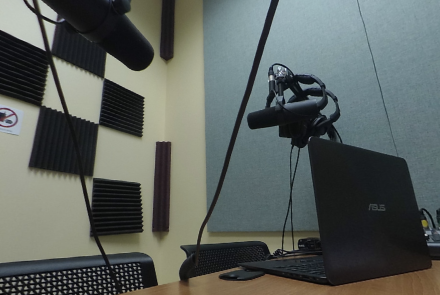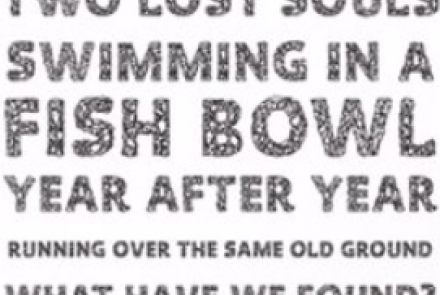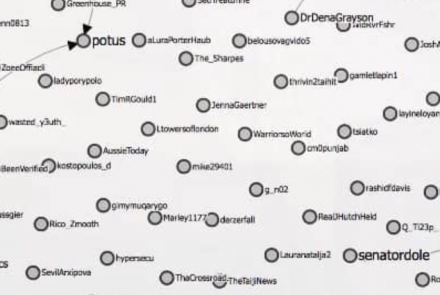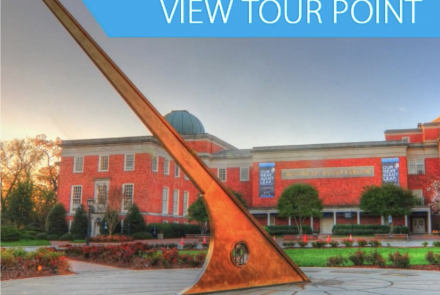Teaching Writing as Shop Class
I’ve been considering the writing classroom as a studio for a while, an approach that has great promise if only for the counter-force it applies to the analytical inertia of most language arts pedagogy. It’s hard to fall back on consumption and analysis when making stuff becomes the main activity of the class—a point particularly helpful when working with media. Over time, I’ve modified my thinking about this studio model to put back some analysis, ending up with a core of activity/making (maybe 70 or 75%) woven through with threads of analysis and critique.
So why switch metaphors now? What might be found in the shop class that would make it worth reconceptualizing my teaching? For one, shop classes use a lot of tools. My take on the debates about tool metaphors resonates with what might be found in Stuart Selber or Andrew Feenberg. Tool metaphors and fixation are dangerous—they tend to blind us to the human or ideological motives invested in those tools. And yet, tools can also function to implement human intentions. Not neutral, certainly, but not off limits for use and in fact helpful, even necessary. So, I’m OK with making tools and tool use a key part of teaching.
In fact, I’m more than OK with making tools a key focus of composition classes. I’m a regular subscriber to the belief that the focus of the writing class should be students’ writing. But I’m not sure that the best way to focus on that writing is always to foreground it. Sometimes, I think the writing gets in the way of the thinking and of the connecting that matter as much as the compositional moves. Here’s where a tool comes in handy. Learning to use a digital audio recorder creates a space to push aside for a moment the high pressure concerns of producing and evaluating writing. Through the use of the recorder, composition emerges, but it’s mediated by practical/fixable concerns. Tools. Tools of misdirection.
The tool stands in for so many other things. I’m thinking of the first stanza of Ron Wallace’s “Hardware”
I won’t reproduce it, but the second stanza is the kicker where, after the death of the father, the speaker of the poem is left holding “watchamacallits” and “thingamabobs.” Knowing about the “set screw and rasp” opens up a secret language that binds the users of these tools. These bonds eventually become the focus of the poem. So it is with technologies in the writing classroom. The tours and translations go better with tools.
There’s a lot more I need to think about regarding the shop space, but I guess I’ll wrap up with one more rumination on the use of tools. It could be argued that working with words on a page is little different than plugging in input jacks and setting the gain on a mixing board. Both are technologies, variations of tools created to make sounds or words. True. So what gives the mixing board more promise in my mind as a helpful thing to experiment with in the writing classroom? It’s got to be the mediation. Text on the page is so naturalized that it no longer mediates in the way that a microphone might—the microphone (at least for those sopped with the prosaic twelve or thirteen years of public education) has more potential to act as a translator—channeling some Latour [track 2] to mix with the Wallace [track 1] here.
I don’t doubt there’s a bit of a tangle developing in my thoughts between the tool and the medium. But still, I’m going to say that working with the less familiar tool is more powerful not just because it leads to new media—in this corner, representing printed text we have the word processor; in the other corner representing sounds we have the mixing board. Which is more likely to serve as a mediator, linking teachers, learners, ideas? To be intellectually honest, I suppose I’m not sure. Which one am I going to grab as I enter the classroom tomorrow? No contest.





